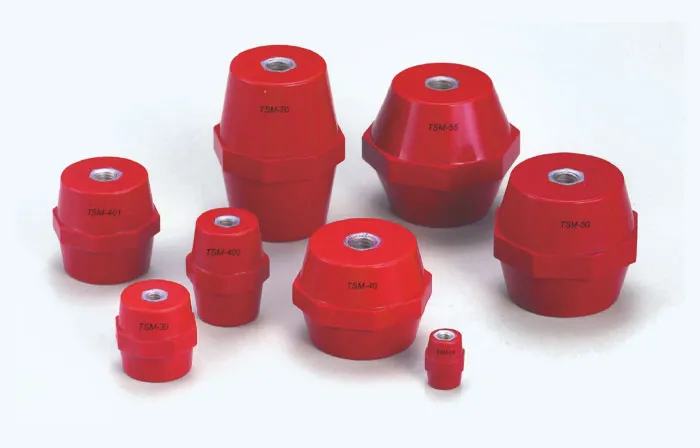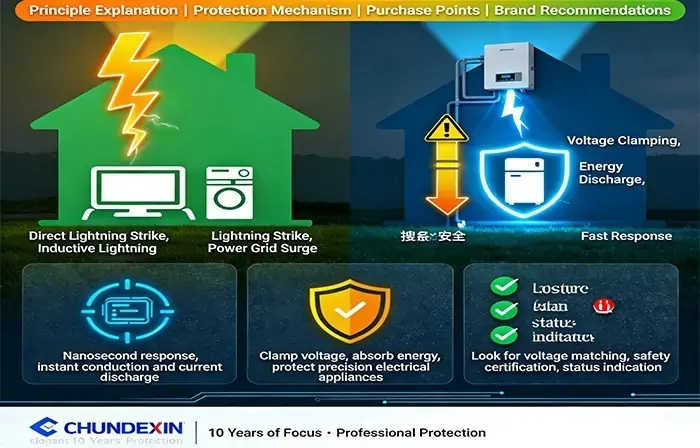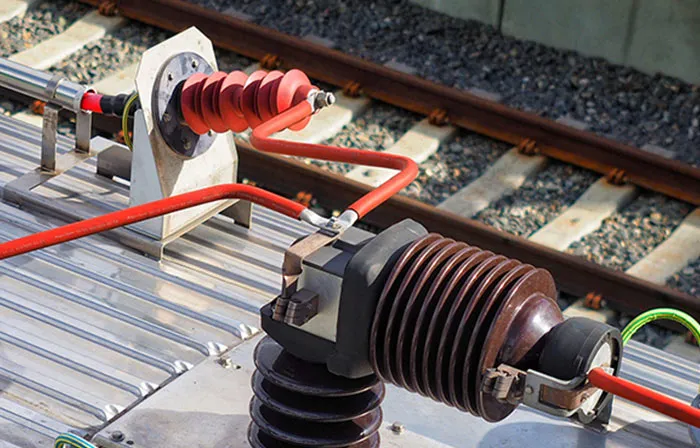Low-voltage electrical systems depend on key components to remain safe and operational—and one crucial piece frequently sparks questions for those new to the industry. This article breaks down the fundamentals of this vital part to eliminate confusion.
What Is a Low Voltage Insulator?
A Low Voltage Insulator is a component built for electrical systems running at lower voltage levels. Its main job is to separate conductive parts while stopping unwanted electric current leakage. Unlike parts that carry electricity, it serves as a barrier, making sure current flows only through intended routes.

How Does a Low Voltage Insulator Function?
The functionality of a Low Voltage Insulator hinges on its material properties and design.
Material-Driven Insulation: It’s crafted from non-conductive materials that resist electrical flow. These materials block current from arcing between conductive elements, even when exposed to moisture or small debris.
Mechanical Support: Beyond electrical protection, it offers physical support for conductive parts. This holds wires, bus bars, or other components securely in place, preserving system structure without weakening insulation.
Key Roles of a Low Voltage Insulator
Its value stems from three core functions that safeguard both equipment and users.
Preventing Current Leakage: By halting unintended current flow, it prevents short circuits and equipment damage. This is particularly important in cramped electrical enclosures where components sit close together.
Enhancing Operational Safety: Leakage current can create shock risks. The Low Voltage Insulator removes this danger by keeping live parts isolated from accessible surfaces and non-conductive structures.
Maintaining System Stability: Reliable insulation keeps voltage levels stable across the system. Without it, current fluctuations might interfere with the performance of connected devices.
Common Types of Low Voltage Insulators
Different applications demand specialized designs, each tailored to specific needs.
Ceramic Insulators: Valued for durability and high-temperature resistance, they perform well in both indoor and outdoor environments. Their hard surface also stands up to wear from environmental factors.
Polymer Insulators: Lightweight and flexible, these are perfect for applications where weight or installation space matters. They also provide strong resistance to chemicals and moisture.
Glass Insulators: Providing clear visibility of internal conditions in certain designs, they deliver reliable insulation and are simple to inspect for damage.
Conclusion
A Low Voltage Insulator is more than just a basic barrier—it’s a foundational component that ensures low-voltage systems run safely and reliably. From stopping leaks to supporting hardware, its roles are key to electrical functionality.
If you’re in need of reliable Low Voltage Insulators for your projects, visit our product page to discover options engineered for performance and safety.

 EN
EN



